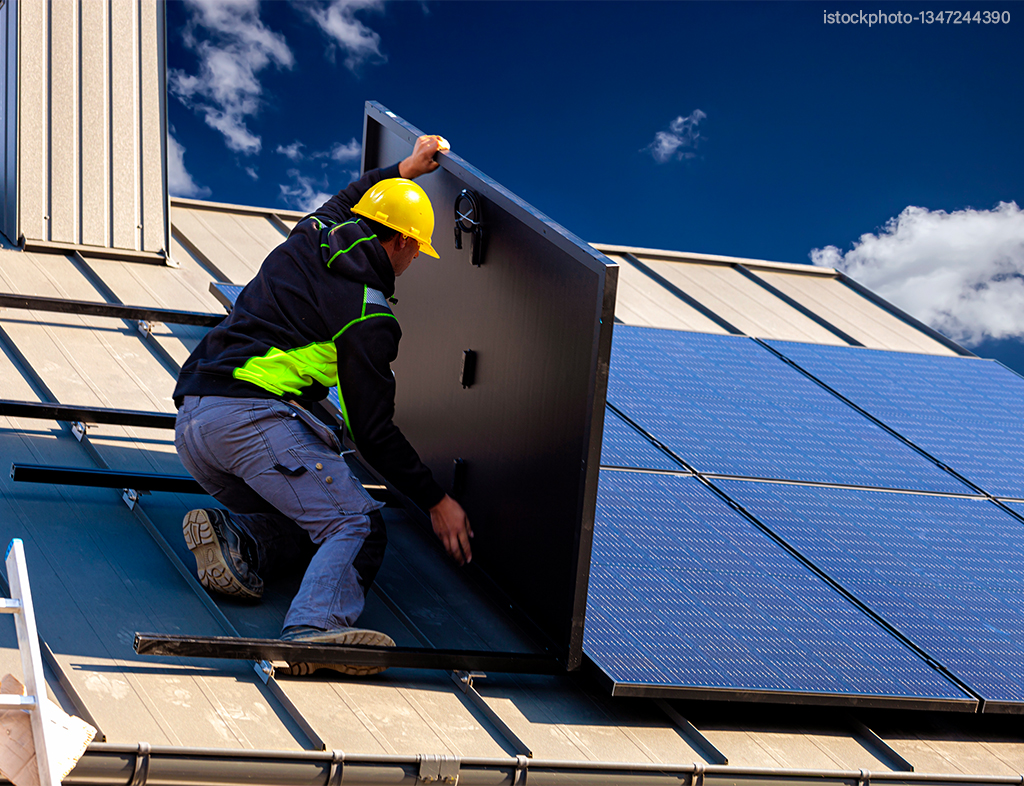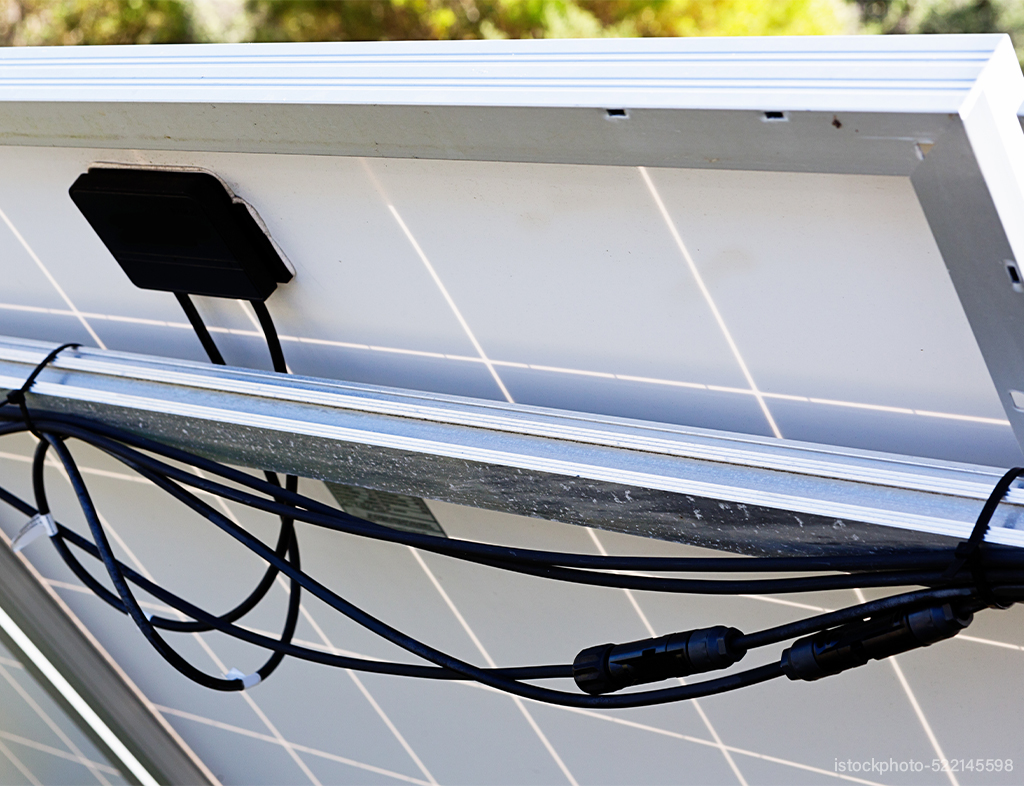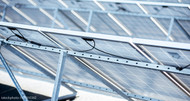SERIES VS PARALLEL WIRING SOLAR PANELS 101: PART 2
9th Nov 2022
A Parallel circuit is slightly more complex when compared to a Series circuit and has multiple paths for the current to travel along, as opposed to only one. This type of configuration is the complete reverse of a Series circuit because it increases your system’s amperage (current) while keeping your voltage static.

Example:
3 solar panels with a power rating of 6V/3A each will produce a total output of 6V/9A when wired in Parallel.
Connecting Solar Panels in Parallel
The Parallel circuit is achieved by connecting all negative (-) terminals and all positive (+) terminals.
This will then leave you with one outstanding negative (-) and positive (+) terminal each, which will then connect to your batteries.
Wiring Solar Panels of Different Power Outputs in Parallel
In this case, the amperage will be summed up while the voltage will automatically adjust to the solar panel representing the lowest value.
For a solar system to effectively function in a Parallel configuration, the voltage must remain unchanged. This results in panels with a higher voltage dropping their rating to be the same output as the panel with the lowest voltage.
Example:
3 different solar panels with a rating of 3V/1A, 7V/3A, and 9V/5A will have a total power output of 3V/9A when wired in Parallel.

vantages of Parallel Wiring Solar Panels
Parallel wiring configurations are best known for and commonly used in household solar systems. They allow for multiple paths of current to flow, regardless of one broken or malfunctioning component. Parallel circuits are mostly used in Off-Grid solar systems and other 12V systems with multiple panels since the Parallel configuration allows you to keep your 12V charging capabilities while increasing your amperage.
Disadvantages of Solar Panel Parallel Wiring
A solar system wired in a Parallel configuration can be quite costly and time-consuming to install, as it requires an additional amount of thick, heavy-duty wires to facilitate the multiple connections and handle the additional current. This type of configuration maintains a constant voltage output while increasing the amperage, however, higher amperages require much thicker gauge cables to travel long distances. Additionally, a Parallel circuit could require additional components such as branch connectors or a combiner box.
Combination of both Series and Parallel Connections
If you want to maximize the advantages of Parallel and Series wiring, you can combine the two circuits in your solar power system. Moreover, this option is used when needing to work around the limitations of a charge controller, since charge controllers are primarily designed to accept only a certain amount of amperage and voltage.
For this type of wiring, 2 or more panels need to be wired in Series, which creates a string. The first string of panels must be connected in Parallel with another Seriesstring.
This means that 4 panels in a Series configuration need to be wired in Parallel with another 4 panels in a Series to avoid any big power loss or connectivity issues.
Although there are not any disadvantages to a Series-Parallel configuration, it is equally important to know how to wire solar panels using this method.
Final Thoughts
It is important to note that despite the various wiring options available, each configuration has its pros and cons. It might seem easier to opt for the Series wiring, yet a disruption to one component that can affect the rest of the system making it less dependable for your intended use might have you thinking otherwise.
Ultimately, your choice of wiring will depend on the size of the installation, the location of the solar panels, the placement of the inverter, and whether you are setting up a grid-tied system or not.
We hope you find this article educational and helpful for your solar system setup!
If you would like to learn about Series vs Parallel Wiring Solar Panels 101: Part 1, click here.
